Generative Engine Optimization
A wide variety of methods defined as Generative Engine Optimization (GEO) are designed to enhance an engine’s overall performance, efficiency, and reliability, whatever whether it is internal combustion, electric, or hybrid. This method involves boosting power output, fuel efficiency, and emissions by optimizing an array of engine components, include cooling mechanisms, air intake, exhaust flow, fuel injection systems, and control systems. GEO additionally involves testing of sensors and software tuning to make sure the engine operates within its ideal limits across multiple conditions. In automotive engineering, motorsports, and industrial machinery, it is vital for optimizing engine performance while lowering energy consumption and ecological impact.
Engineers may optimize engines for running properly under an array of loads and driving circumstances with the use of computer simulations, data analysis, and real-time monitoring. In along with high-performance applications, general engine optimization is critical for fulfilling consumers’ needs for durability and fuel economy while meeting increasing demands on the environment.
How Generative Engine Optimization Works
1. Structured Data & Clarity
It outlines how information is organized and laid out in an approach that is accessible, logical, and simple. Structured data is data that has been organised based on defined models, like tables, rows, and columns, allowing for evaluation, access, and storage. This sort of planning is crucial in areas such as databases, web development, and data science where consistent formatting allows effective storage and retrieval.


2. Authority & Trustworthiness
Authority and trustworthiness are the perceived reliability and credibility of a source, individual, or entity, especially when transferring information, providing services, or making decisions. Authority can be seen by a source’s skills, expertise, popularity, or background in the area, all of which indicates they are experienced or trustworthy in their subject matter. On the other hand, the fundamentals of trustworthiness are integrity, honesty, consistency, and transparency
3. Concise, Answer-Focused Writing
A communication style defined as “concise, answer-focused writing” offers concise, clear responses to certain queries or topics without of additional details or filler. The goal is to provide as much knowledge as is feasible in as little space as possible so that readers could immediately understand the key idea or solution. By emphasizing shortness, clarity, and relevance, this method contributes ensures each phrase provides an important connection to the central concept. It becomes especially vital in academic, professional, and digital environments where users are seeking for quick, useful data, like in reports, FAQs, or search engine contents.

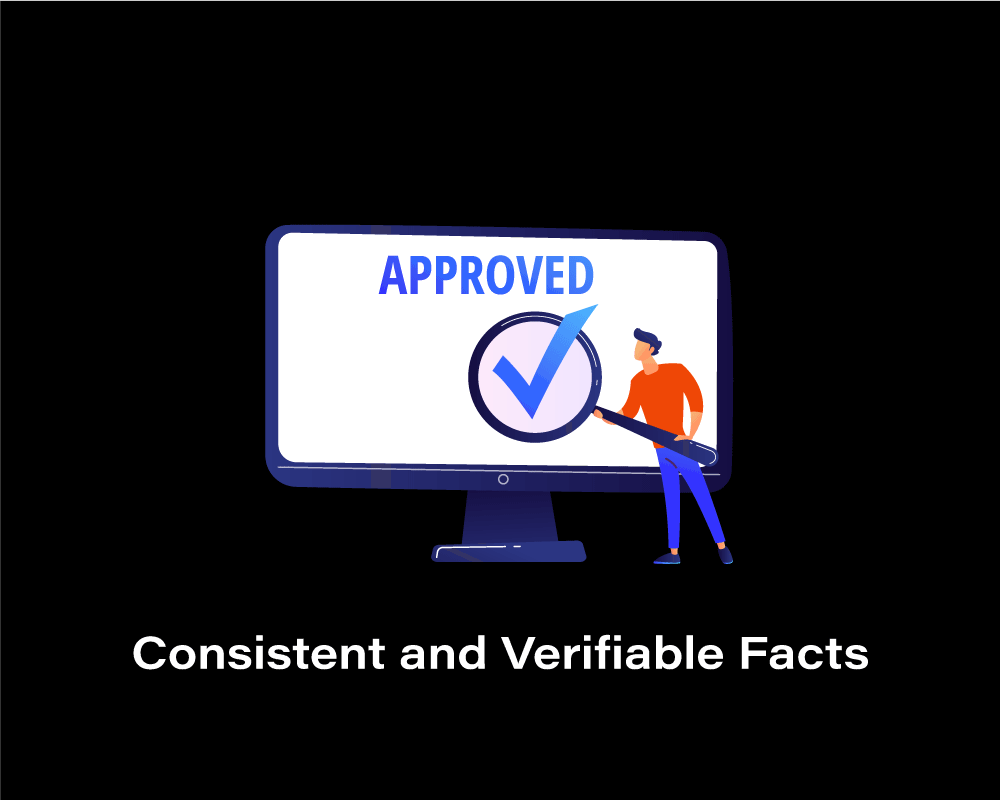
4. Consistent and Verifiable Facts
Information that is reliable and precise across a variety of trustworthy sources and that can be independently confirmed by data or evidence is recognized as consistent and verifiable facts. When facts are presented systematically, they never contradict other ones or change based on the situation or approach, promoting simplicity and trust. Verifiability assures that arguments can be based on reliable records, data from science, expert consensus, or documentation.
5. Source Citations
Source citations are citations to the initial sources of data, ideas, or information which were utilized in an analysis or piece of writing. By correctly referencing individuals or institutes whose work has affected or validated the content, they assist prevent plagiarism and promote academic or professional integrity. Readers may further verify the relevance of the paragraphs, explore further into the topic at hand while assessing the accuracy of the sources through using citations.

6. Multi-format Content
Several formats in order to effectively reach and engage an extensive spectrum of viewers, content refers to the practice of presenting information across a variety of content types or media formats. Text, visuals, movies, infographics, music, interactive tools, and more may all be utilized to fit various learning platforms, preferences, or styles. Content producers can improve accessibility, improve user experience, and raise likelihood that their message will be easily understood and retained through presenting their work in an assortment of forms.

Why GEO Matters:
- Traditional links have been followed by fewer customers as AI-generated replies emerge.
• To make it possible for generative engines to find and use their content, businesses and creators have to change it.
• Earning a position in the responses is more significant than anything else getting in the top ten links.
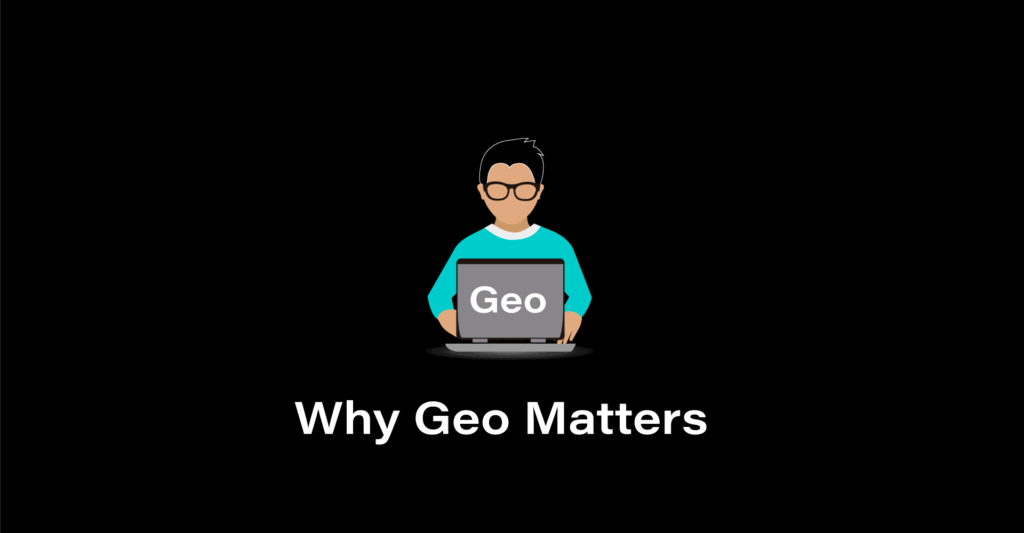
Use cases of Generative Engine Optimization (GEO)

1. Knowledge-Based Businesses / Blogs
Knowledge-based businesses or blogs are firms or online platforms that primarily generate value by sharing expertise, insights, and unique information. These companies depends on the knowledge, skills, and intellectual capital of their creators to develop data, offerings, or products that entertain, educate, or resolve certain issues for the market they are targeting. On social media, this typically means publishing carefully examined articles, manuals, case studies, or thought leadership pieces on specific topics such as technology, finance, health, education, or personal growth.
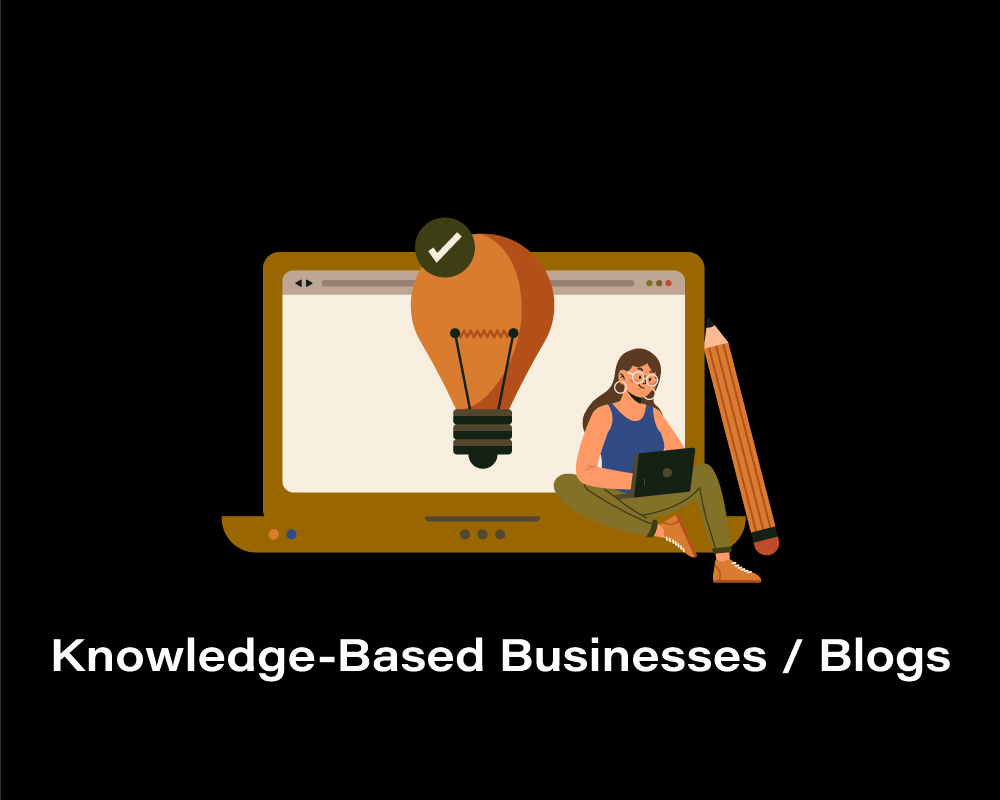
2. E-commerce
E-commerce is the buying and selling of goods and services through the internet. It covers an extensive variety of business structures, such as online marketplaces, subscription services, online retail stores, and internet-based sales. By doing e-commerce websites, clients can search for merchandise, execute safe transactions, and have items delivered to their residences—at times without ever having to go to a store in person. Organisations enjoy expanded market reach, reduced overhead, and ongoing assistance.

3. Local Businesses
The online buying and selling of goods and services is recognised as e-commerce. It includes an extensive variety of business structures, such as internet-based sales, online marketplaces, subscription services, and online retail stores. Buyers may examine products, make safely payments, and have items delivered to their doorsteps by using e-commerce websites—at times without ever having visited a store in person. Organisations enjoy increased market reach, lower overhead, and ongoing help. Compared to big national or international corporations, local businesses often have a strong connection to their communities, supporting other local businesses, creating employment, and improving the local economy.
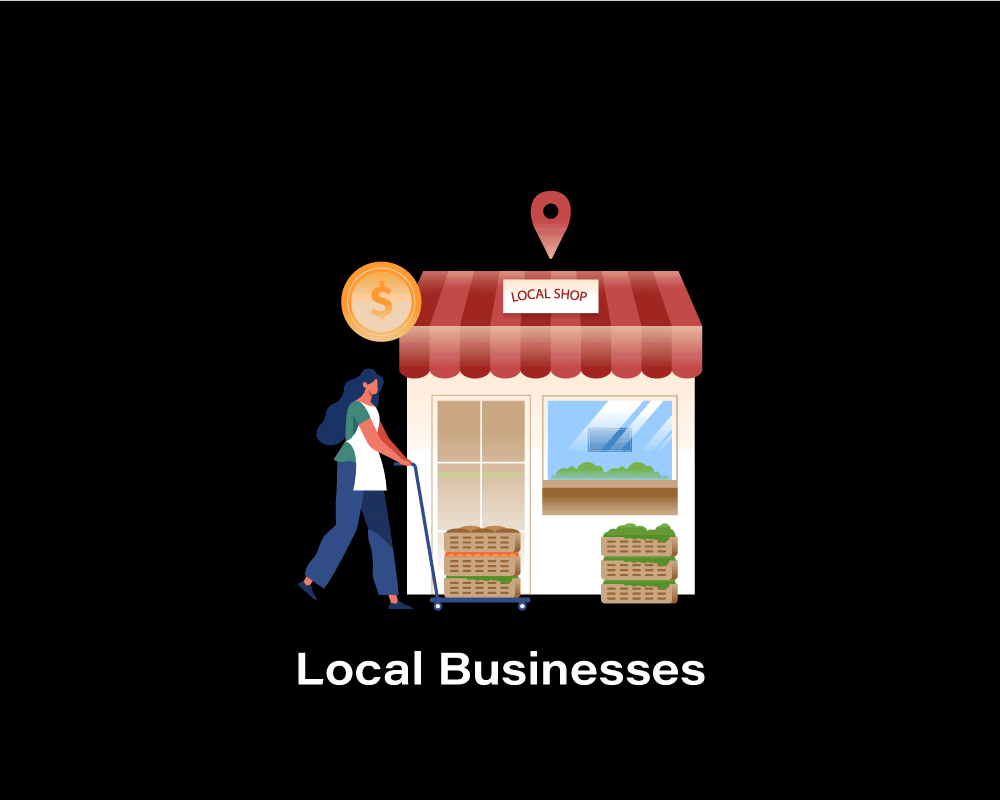
4. Healthcare Providers
Healthcare providers are specialists or organizations that provide medical care individuals in order to improve, maintain, or recover their well-being.This covers doctors, nurses, dentists, therapists, pharmacists, specialists, and other medical facilities like hospitals, clinics, and retirement centres. Healthcare providers diagnose and treat illnesses, manage ongoing illnesses, offer preventive care, and encourage their patients’ physical and mental wellness. They are crucial for public health systems and work in both the public and private sectors. Treatment efficiency is influenced by clinical knowledge, patient communication, rules of ethics, and the accessibility of medical resources.

5. Educational Platforms
Digital systems or websites termed educational platforms are made to give learners, educators, and educational organizations connection to learning tools, resources, and content. These platforms provide an array of educational activities, such as interactive classes, virtual classrooms, online courses, assessments, and diplomas. They might promote formal education (like high school and university programs) or informal learning (such as self-paced tutorials or professional development).To boost accessibility and interaction, educational platforms often contain tools for communication, progress tracking, and multimedia content.
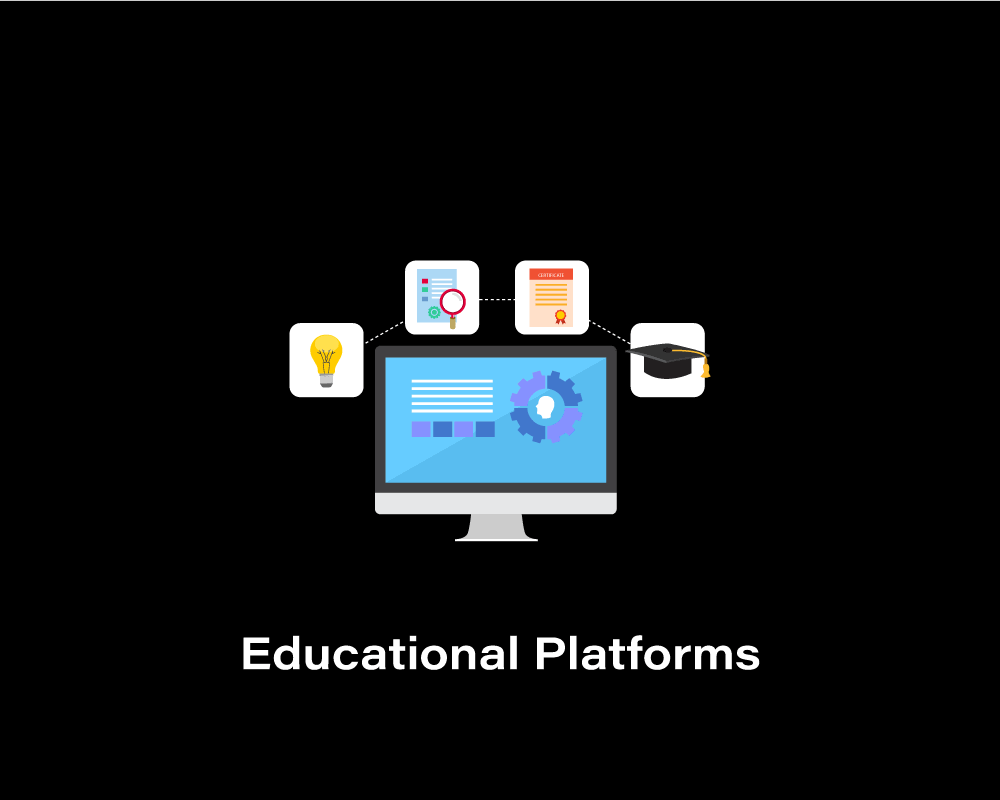
6. B2B Services
Business-to-business (B2B) services are items, offerings, or support that one company provides to another to enhance productivity, profitability, or operations. Although B2C (Business-to-Consumer) services target customers directly, B2B services are created to meet the needs of organisations ranging from small businesses to big companies. Consulting, marketing, IT support, software development, logistics, human resources, and financial management are a few instances of these services.

7. News and Media Outlets
Organizations or platforms focused to gathering, publishing, and transmitting information on recent events, issues, and topics of public interest are known as news and media outlets. These media outlets, which include radio stations, television networks, newspapers, websites, and digital news apps, all attempt to inform, educate, and at times amusing those who view them. Because they promote informed public discourse, maintain those in situations of power responsible.

8. Influencers / Personal Brands
Individuals that establish a unique public image— frequently on social media platforms—with the goal of sharing information, changing points of view, and interacting with an audience around a particular field or way of life are known as influencers or personal brands. Influencers tend to collaborate with brands to promote products and offerings through interacting with followers by their personality, expertise, or trustworthiness. The unique blend of skills, values, and messaging that defines a person and promotes their reliability in the marketplace is known as their personal brand.

Limitations of Generative Engine Optimization
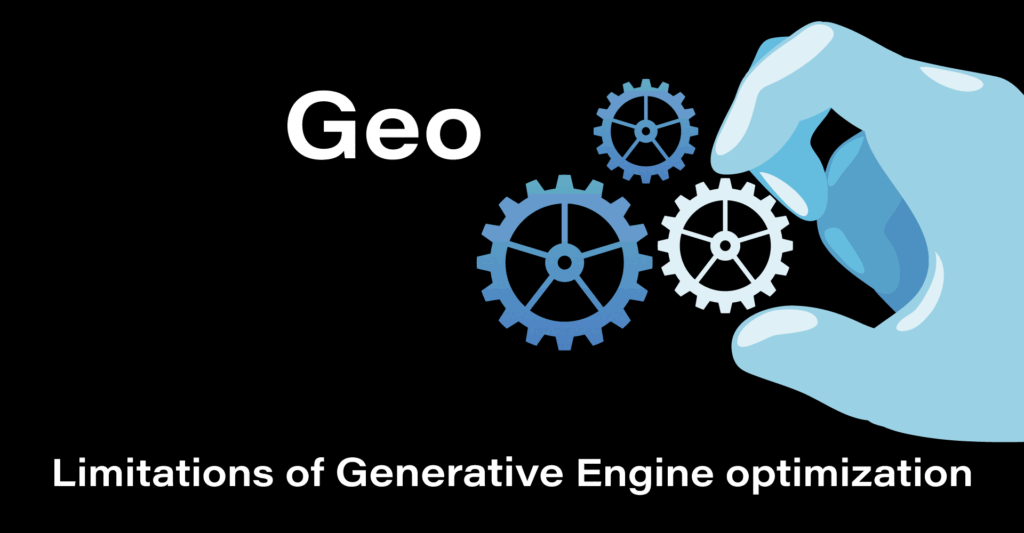
1.Performance Trade-offs
The compromises made between multiple aspects of a system’s performance when optimizing for specific goals can be referred to as performance trade-offs. Boosting one performance aspect, such speed, accuracy, memory usage, or energy economy, may often have a reverse effect. In some cases, enhanced algorithms may be required to improve a machine learning model’s accuracy, which would require more time and processing power.
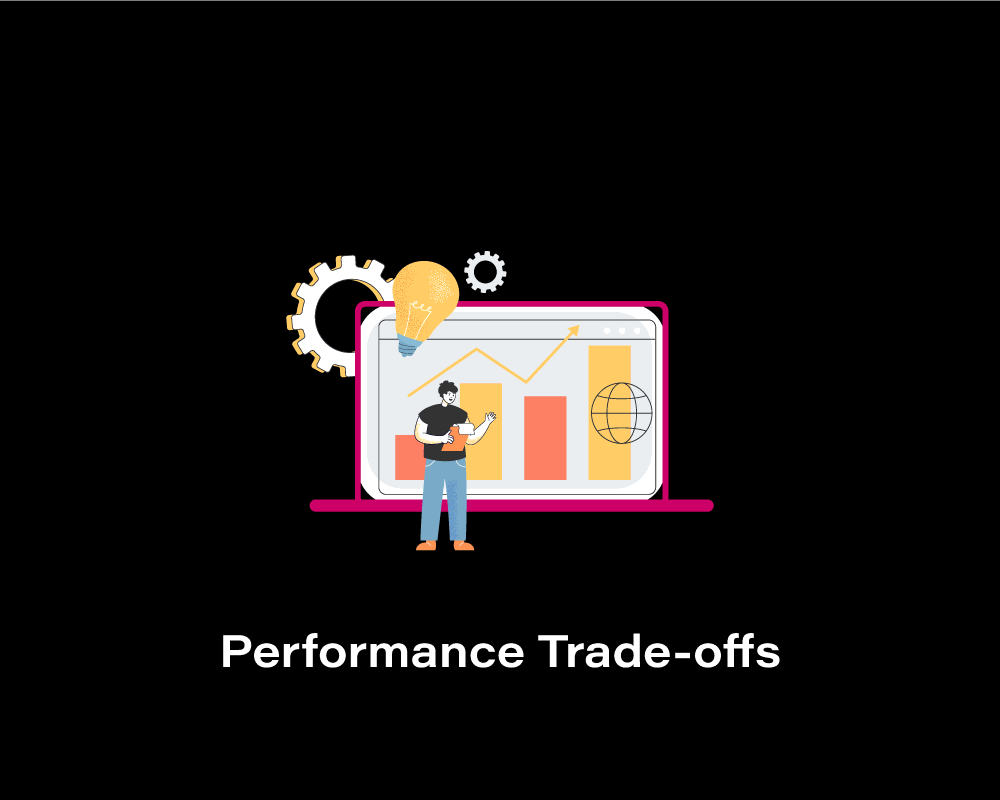
2. Mechanical and Material Constraints
The physical and structural limitations that must be considered into consideration while creating a system or product are often referred to as mechanical and material constraints. Strength, stiffness, load-bearing ability, durability, and how various parts interact under tension, compression, or shear are all aspects of mechanical boundaries. Performance and feasibility can be greatly impacted by material constraints, which relate to the qualities of the materials utilized, such as weight, thermal conductivity, corrosion resistance, cost, and availability.

3. Emission Regulations
Mission regulations, which are issued by government rules, govern the types and quantities of pollutants that can be released into the environment from an array of sources, including automobiles, manufacturing facilities, and power plants. These regulations seek to cut down on dangerous gases like carbon dioxide (CO₂), nitrogen oxides (NOₓ), sulphur oxides (SO₂), and particulate matter that contribute to air pollution, climate change, and health issues for the public.

4. Real-World Variability
The concept of “real-world variability” indicates a broad variety of uncertain circumstances that systems, items, or methods run into while they are not in controlled conditions. In comparison to lab or virtual settings, the real world has plenty of factors that might affect performance, dependability, and results, including weather variations, user behaviour, wear and tear, inconsistent materials, and environmental influences. In order to be sure that solutions are resilient and effective in a range of circumstances, this variability requires to be put into consider during the design, testing, and deployment process.
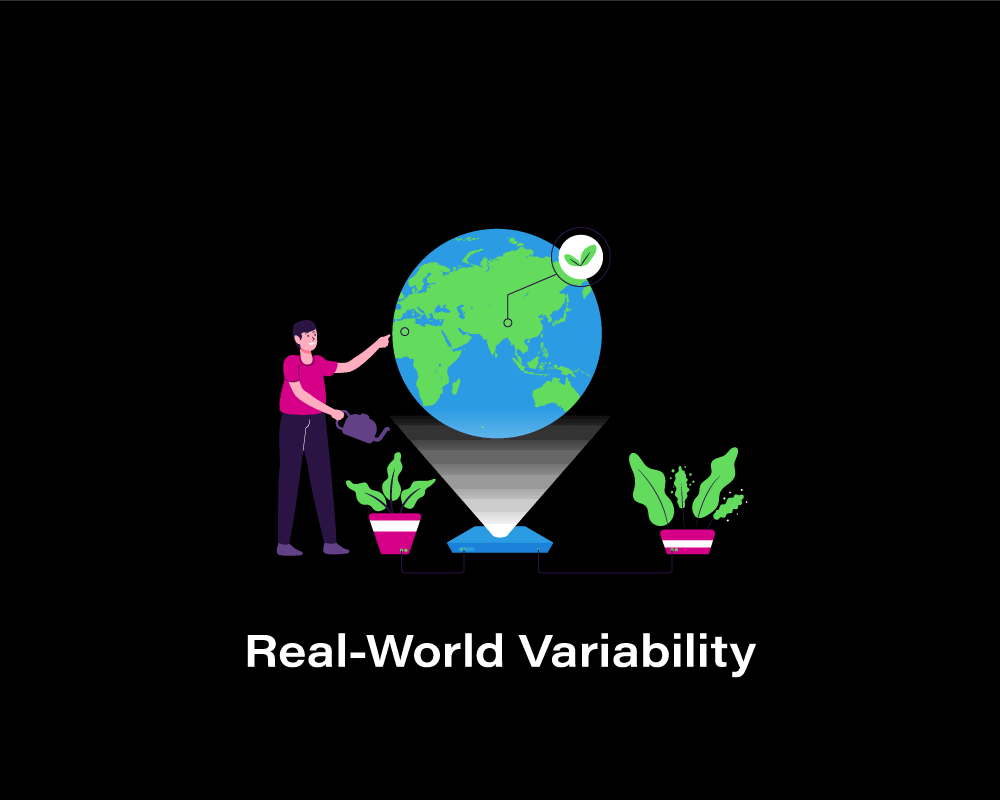
5. High Cost
The concept of “high cost” indicates the significant expense of cash needed for the development, production, use, or maintenance of a system, service, or product. This can be attributed to an array of variables like more expensive raw materials, the demand for current technology, demanding methods of production, skilled labour, or regulatory compliance. By influencing a solution’s affordability and competitiveness in the market, high costs could limit acceptance or scalability.
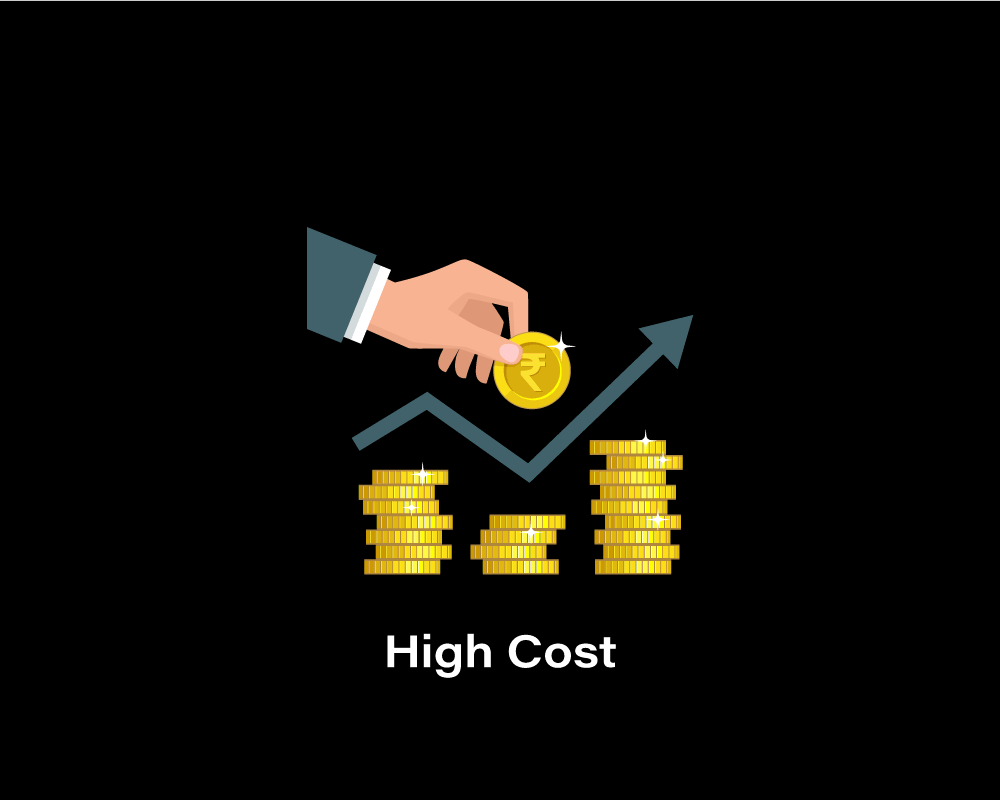
6. Compatibility Issues
When errors in design, standards, formats, or protocols disable multiple systems, elements, or software to operating harmoniously, issues with compatibility develop. Such problems can end up in system failure, malfunctions, data loss, or reduced functionality. Compatibility is vital in engineering and technology to ensure flawless integration, especially for linking new products with current infrastructure.
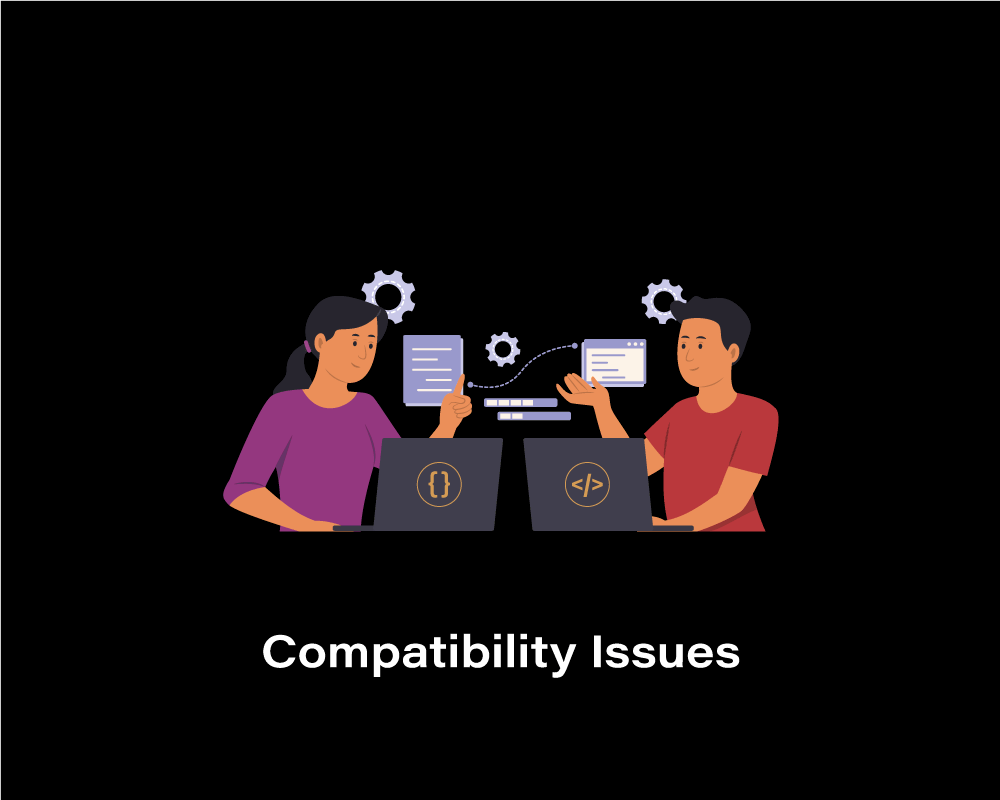
7. Increased Wear and Tear
This can be defined as increased wear and tear, even when parts, materials, or systems malfunction into sooner due to frequent use, harsh operating conditions, or lack of maintenance. Over time, steel parts can develop rust, wear from friction, or other physical forces that reduce their lifespan, performance, or efficiency.
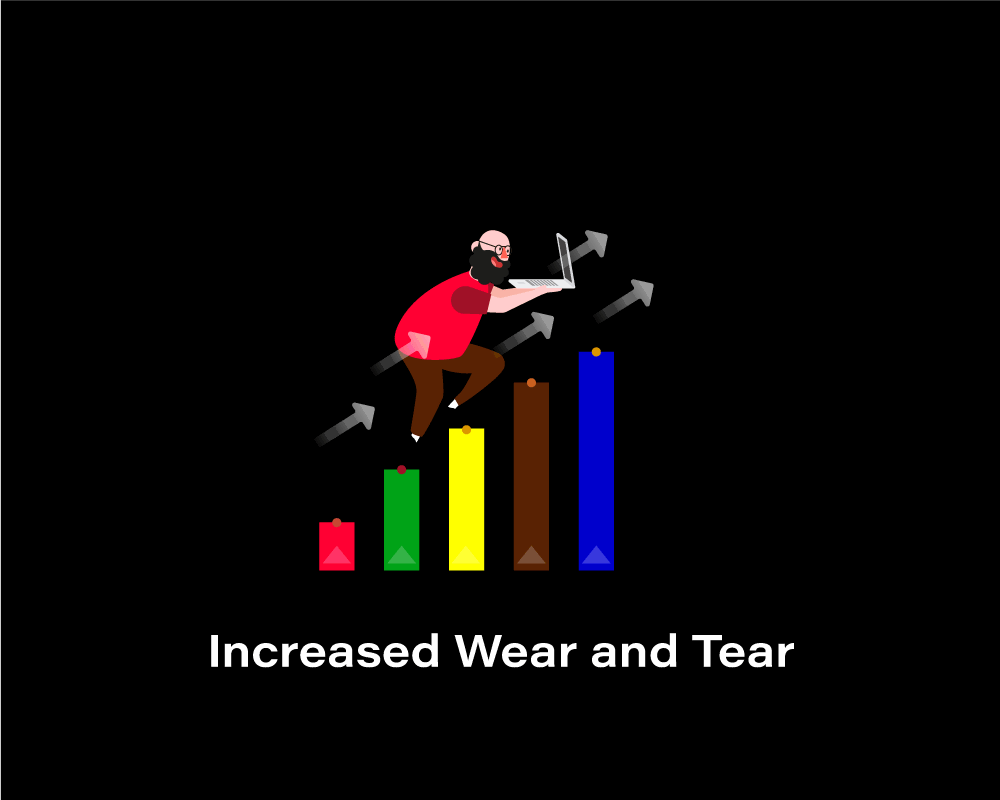
8. Complexity of Integration
The challenges faced in combining multiple systems, elements, or technologies into a single, unified, and working part are often referred to as integration complexity. This complexity comes from variances in design standards, data formats, communication protocols, hardware, and software requiring to operate collectively. To make sure that each element performs as an entire integration can require a large investment of time and effort in planning, modifications, testing, and troubleshooting.
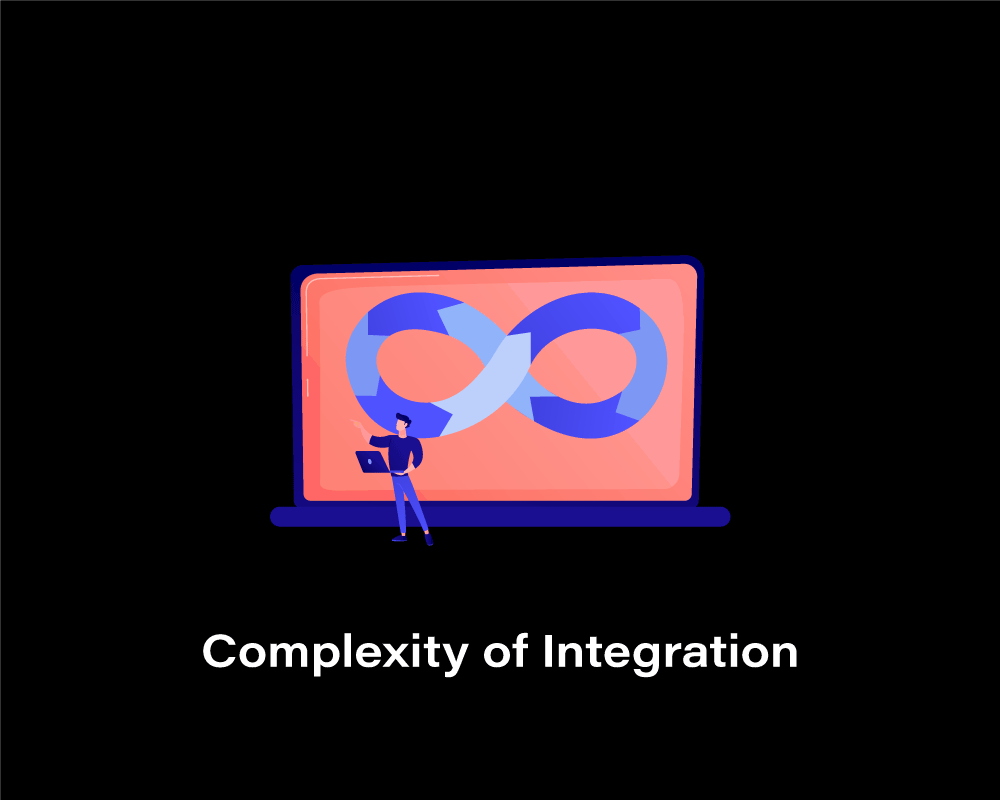
9. Diminishing Returns
The idea of “diminishing returns” denotes the process by which raising a system’s or process’s effort, resources, or input returns gradually decreased gains or improvements. To put it another way, each extra unit of input generates less benefit than the one preceded it after a certain threshold. This idea has become popular in disciplines including productivity optimization, engineering, and economics.

10. Software Limitations
The concept of “software limitations” denotes basic limitations or errors in a software system that limit its compatibility, scalability, performance, or ability. The constraints can result from factors like outdated codebases, missing features, slow processing, memory utilization, safety issues, or conflicts with other platforms or systems.

As it sums up, general engine optimization involves carefully balancing a number of key factors, like durability, emissions, performance, and efficiency, in order to get maximum overall functionality. To ensure consistency in an array of situations, it must be done to resolve mechanical and material limitations, keep to standards for emissions, and take real-world variability into effect. In addition to managing trade-offs between wear, complexity, and cost, successful optimization must also face challenges such as integration issues and software restrictions. In final analysis, attentive and extensive engine optimization brings about better power output, fuel economy, and environmental performance, all of which promote better and longer-lasting engine designs.

No Comments